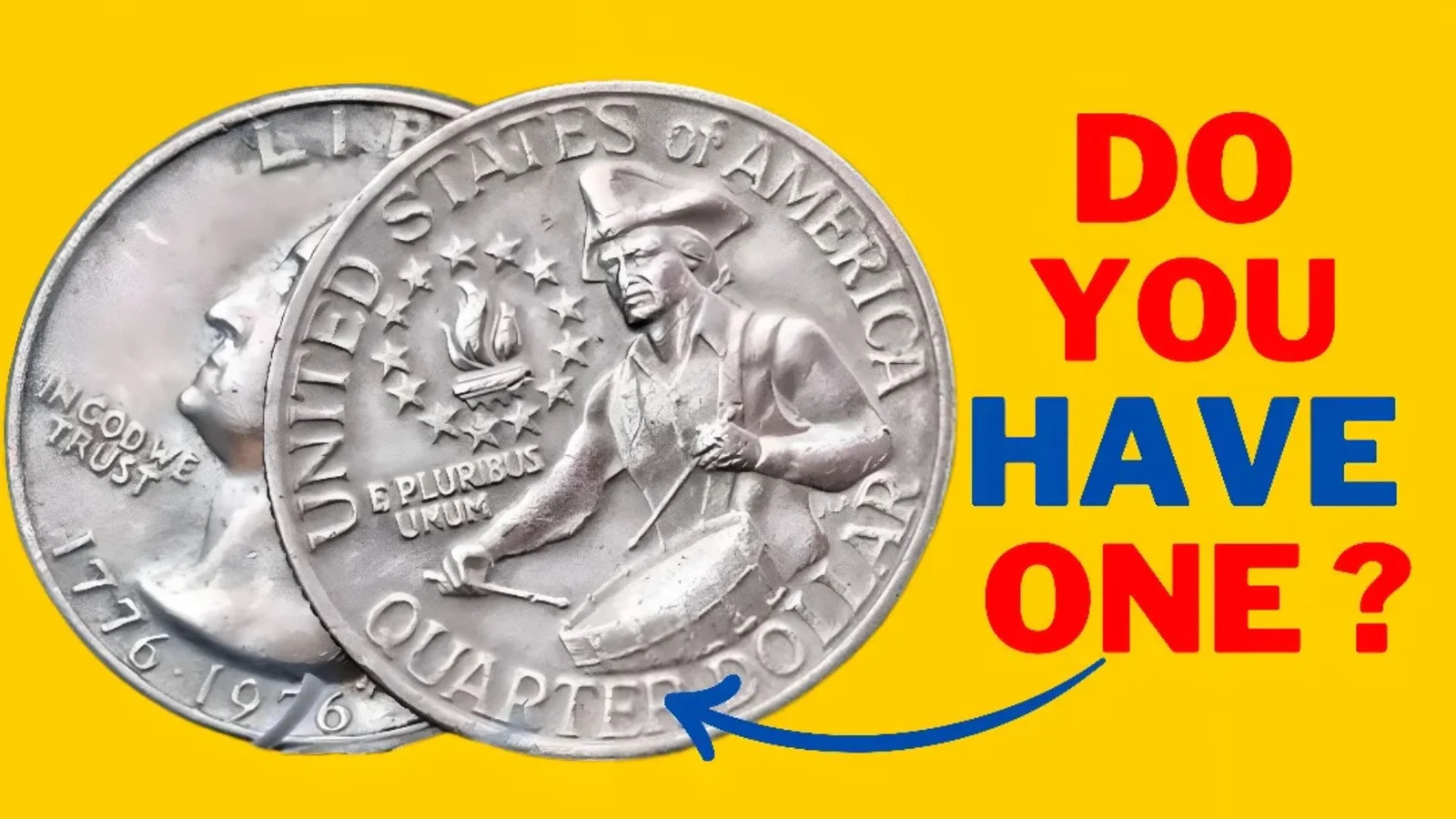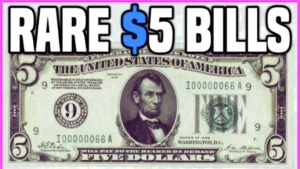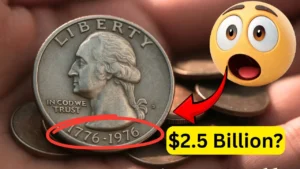Could Your Lincoln Wheat Penny Be Worth $144,000? The Lincoln Wheat Penny, a coin minted from 1909 to 1958, is making headlines because some rare versions could be hiding in your pocket, coin jar, or old collection. With their iconic wheat stalk design and historical charm, these pennies are a collector’s dream. In this guide, we’ll explain what makes certain Lincoln Wheat Pennies so valuable, how to spot them, and whether that $144,000 price tag is real. Start checking your coins today!
What Is a Lincoln Wheat Penny?
A Slice of American History
The Lincoln Wheat Penny was first made in 1909 to celebrate Abraham Lincoln’s 100th birthday. It was the first U.S. coin to feature a real person’s face, with Lincoln on the front and two wheat stalks on the back, giving it the “Wheat Penny” name. Minted until 1958, millions were made, but certain rare ones are now worth a fortune due to their scarcity or unique features.
Why Some Are Worth Thousands
While most Wheat Pennies are worth just a few cents, specific versions—like those with minting mistakes or from rare years—can fetch big money. A 1944-S steel penny, for example, reportedly sold for $144,000 at auction due to a rare error. This has sparked excitement, with collectors and everyday people searching for these hidden treasures.
What Makes a Lincoln Wheat Penny Valuable?

Key Factors for Value
A penny’s worth depends on a few things:
- Low Production: Some years or mints made fewer coins, making them rare.
- Minting Errors: Mistakes, like a penny made on the wrong metal, are super valuable.
- Condition: Coins in great shape, with no wear, are worth more.
- Historical Appeal: The Wheat Penny’s connection to Lincoln and America’s past adds value.
Rare Pennies to Look For
Here’s a table of Lincoln Wheat Pennies that could bring big money:
| Coin Year | Feature | Potential Value |
| 1943 Bronze | Struck on bronze instead of steel | Up to $144,000+ |
| 1944-S Steel | Struck on steel instead of copper | Up to $144,000 |
| 1909-S VDB | Designer’s initials on back, low mint | $1,000–$100,000+ |
| 1955 Doubled Die | Doubled date or lettering | $1,500–$20,000 |
| 1914-D | Low mintage, Denver mint | $2,000–$10,000 |
Note: Values depend on condition and grading by services like PCGS or NGC. Always get a professional appraisal.
How to Spot a Valuable Wheat Penny
Check the Year and Mint Mark
Look for these details:
- Year: Focus on 1909, 1914, 1943, 1944, or 1955. The year is on the front, under Lincoln’s portrait.
- Mint Mark: Found below the year. Look for “S” (San Francisco) or “D” (Denver), or no mark (Philadelphia).
- Errors: Use a magnifying glass to spot doubled dates, unusual colors, or wrong metal (e.g., bronze for 1943 or steel for 1944).
Test the Material
- 1943 Pennies: Most are steel and stick to a magnet. A rare bronze 1943 penny doesn’t stick and could be worth thousands.
- 1944 Pennies: Most are copper. A rare steel 1944-S penny sticks to a magnet and is highly valuable.
Check the Condition
Coins with clear details, like Lincoln’s sharp profile or defined wheat stalks, are worth more. Don’t clean them, as it can lower their value. Grading services use a 1–70 scale, with higher grades (e.g., MS65+) fetching top prices.
Where to Find These Pennies
Everyday Places
Valuable Wheat Pennies can turn up in:
- Pocket Change: Some still circulate, though it’s rare.
- Coin Jars: Check family collections or old stashes.
- Flea Markets or Coin Shows: Older coins often appear at these events.
Real-Life Finds
Stories of rare pennies found in change, like a 1943 bronze penny discovered in a gas station’s change in the 1980s, keep hope alive for collectors.
What to Do If You Find One
- Handle Carefully: Hold by the edges to avoid damage.
- Don’t Clean It: Cleaning can ruin the coin’s value.
- Store Safely: Use an acid-free holder.
- Get It Graded: Contact PCGS or NGC for professional grading.
- Sell Smart: Work with reputable dealers or auction houses like Heritage Auctions.
Is the $144,000 Claim Real?
The $144,000 price tag is tied to rare errors like the 1943 bronze penny or 1944-S steel penny, which sold at auctions due to their extreme rarity (e.g., only 30–40 bronze 1943 pennies exist). While verified, such high values apply to coins in top condition. Most Wheat Pennies are worth a few cents to a few dollars, so temper expectations but keep looking.
Conclusion
The Lincoln Wheat Penny is a small piece of history that could be worth a fortune. While a $144,000 penny is rare, coins like the 1943 bronze or 1944-S steel could make you rich. Check your change, coin jars, or family collections for these treasures. With a magnifying glass and some luck, you might find a penny that’s more than pocket change. Get any promising finds checked by experts, and join the exciting hunt for hidden wealth!
FAQs
What is a Lincoln Wheat Penny?
It’s a U.S. penny minted from 1909 to 1958, with Lincoln’s face on the front and wheat stalks on the back.
How do I know if my penny is valuable?
Check the year (1909, 1914, 1943, 1944, 1955), mint mark (“S” or “D”), and errors like wrong metal or doubled dates. Get it graded by PCGS or NGC.
Is the $144,000 penny real?
Yes, rare 1943 bronze or 1944-S steel pennies have sold for $144,000 or more, but only in top condition and with professional appraisal.
Where can I sell a rare Wheat Penny?
Use trusted auction houses like Heritage Auctions or dealers, or get it graded by PCGS or NGC for better value.
Can I still find Wheat Pennies in circulation?
It’s unlikely but possible, as some remain in old collections or change. Check coin jars or flea markets for better odds.




